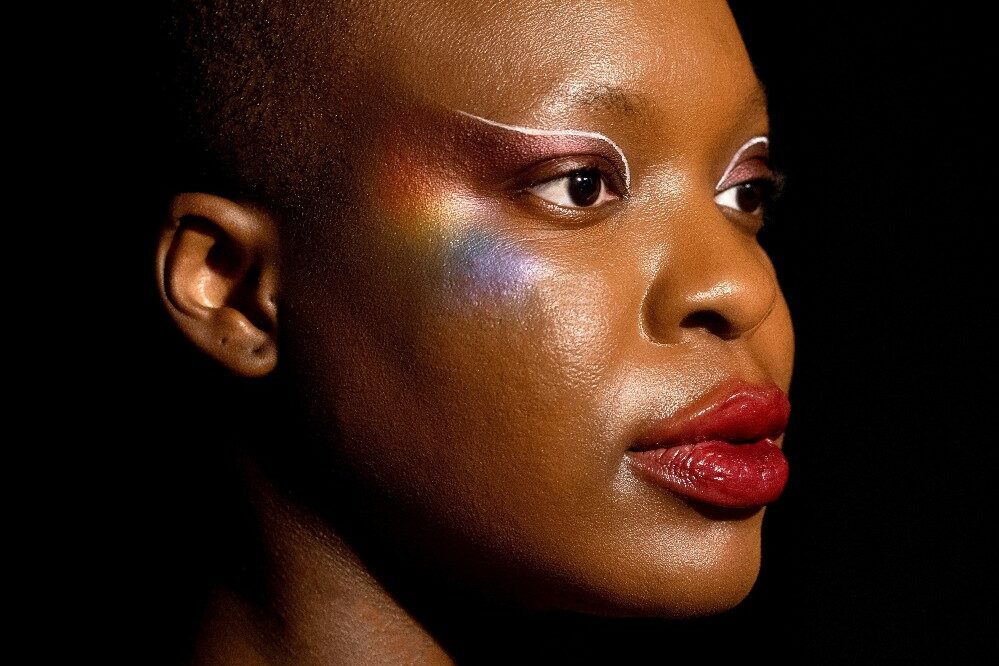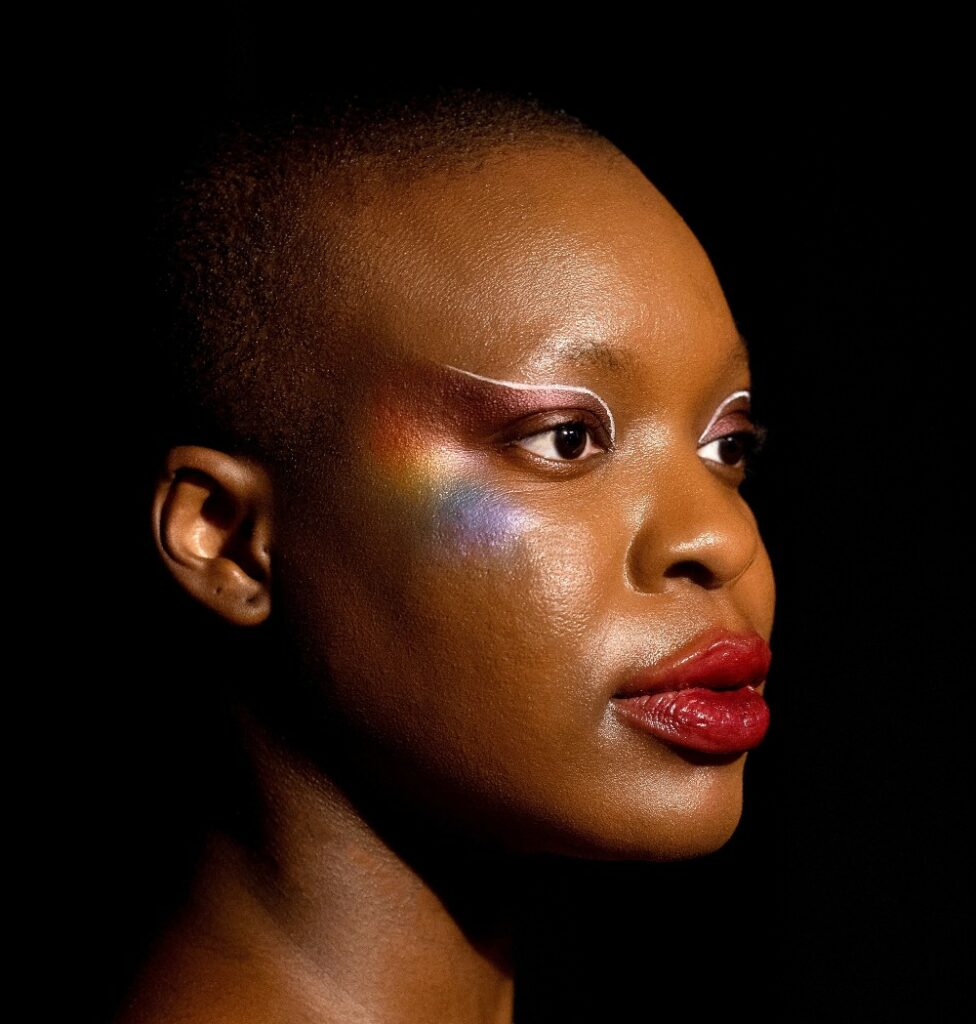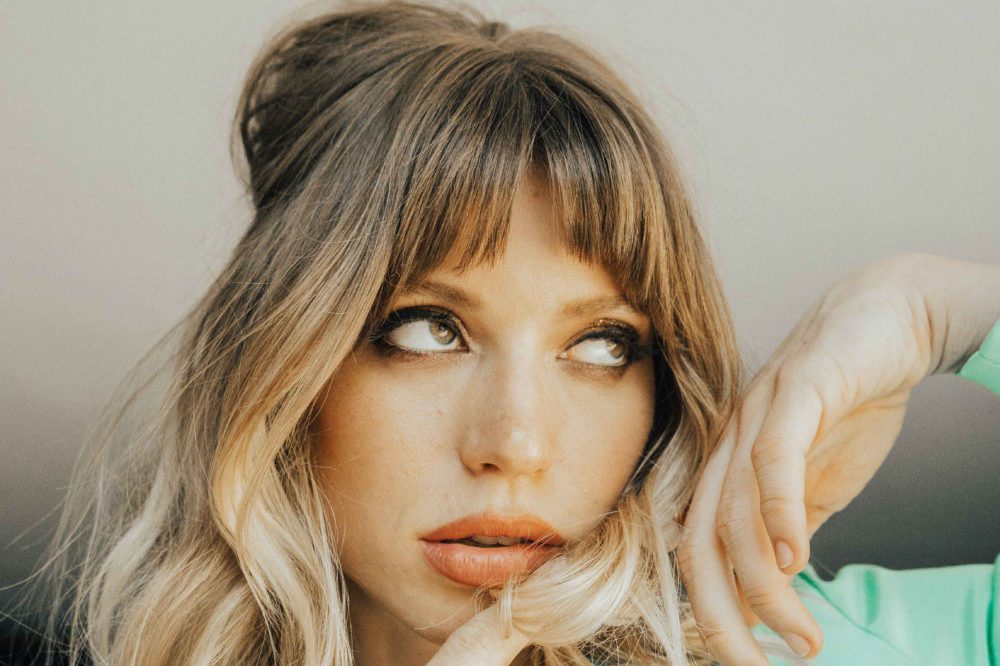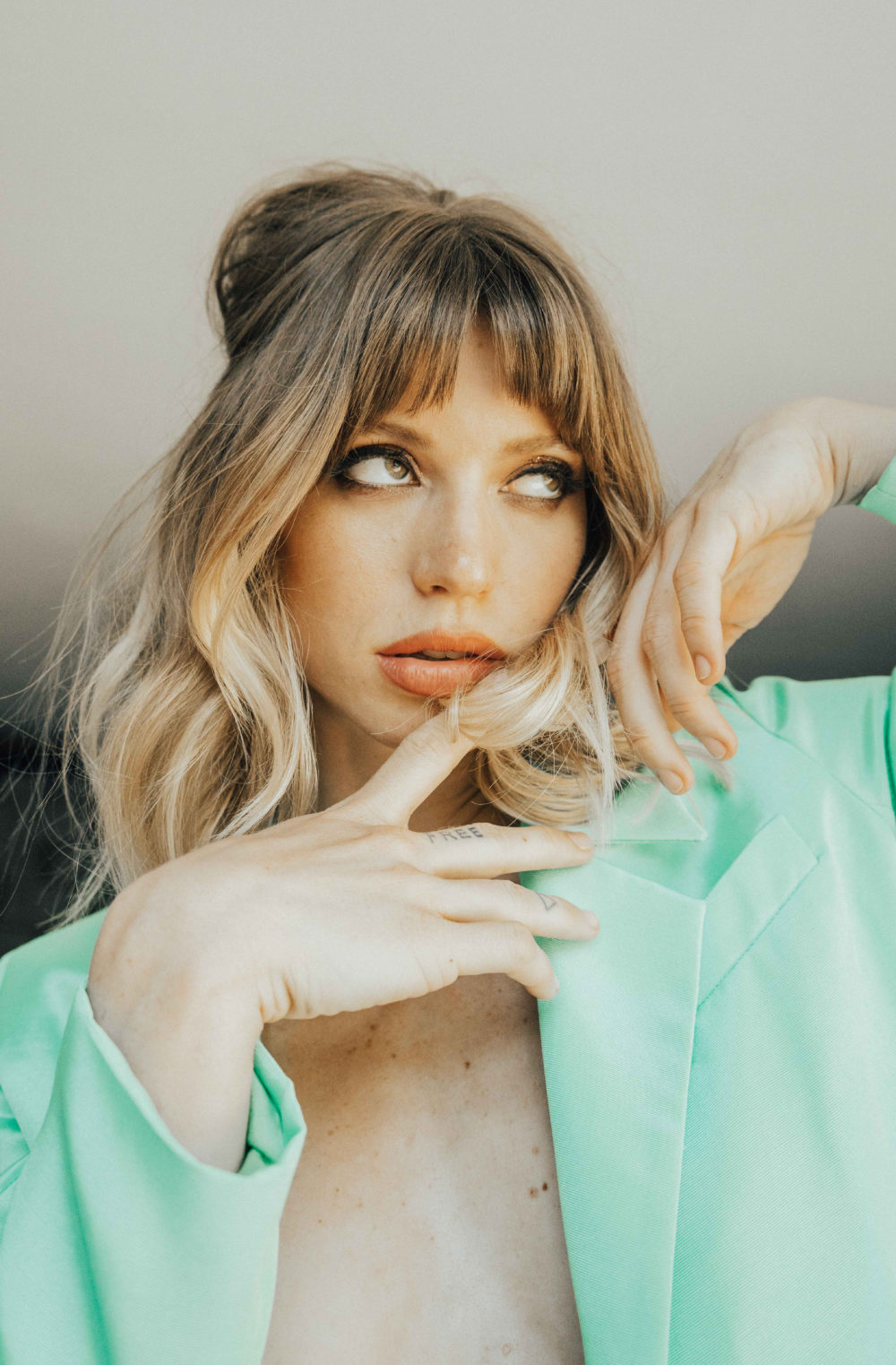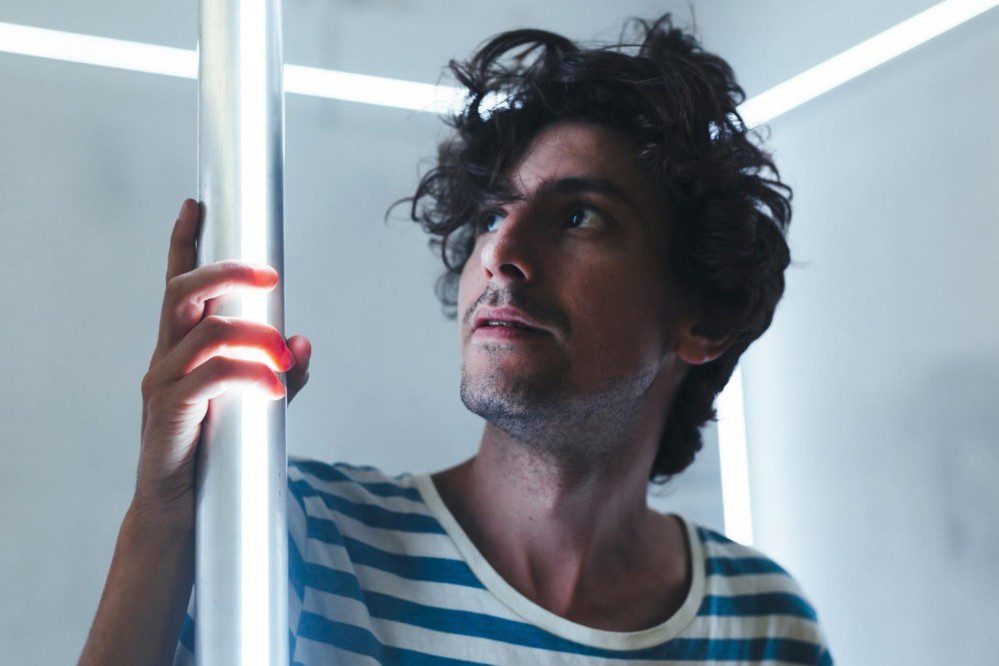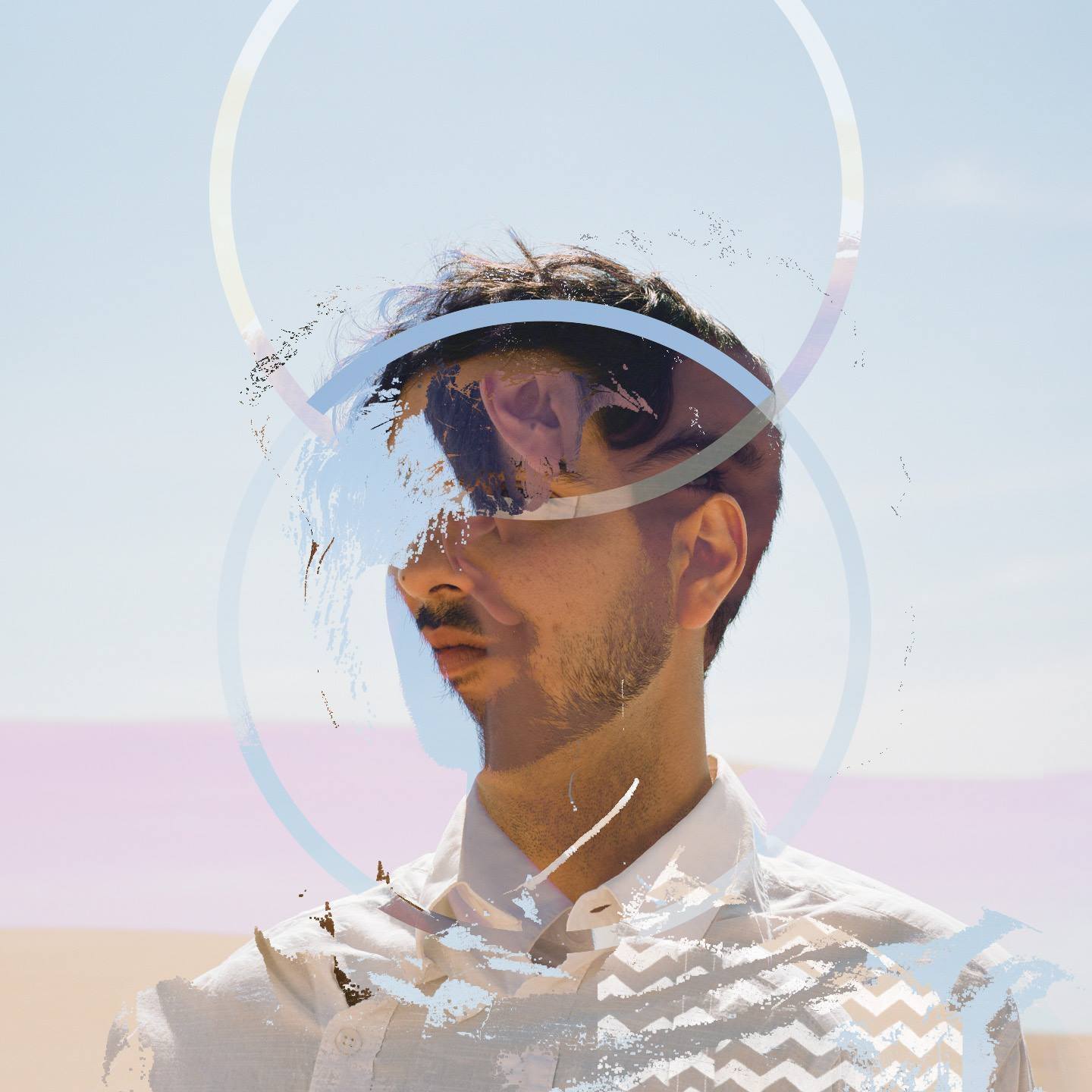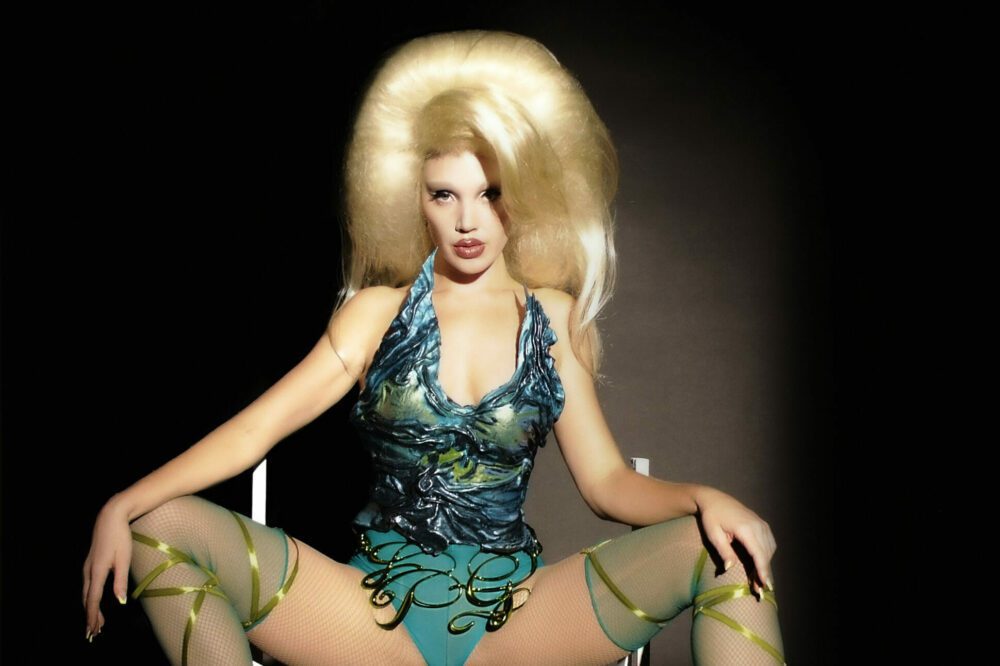
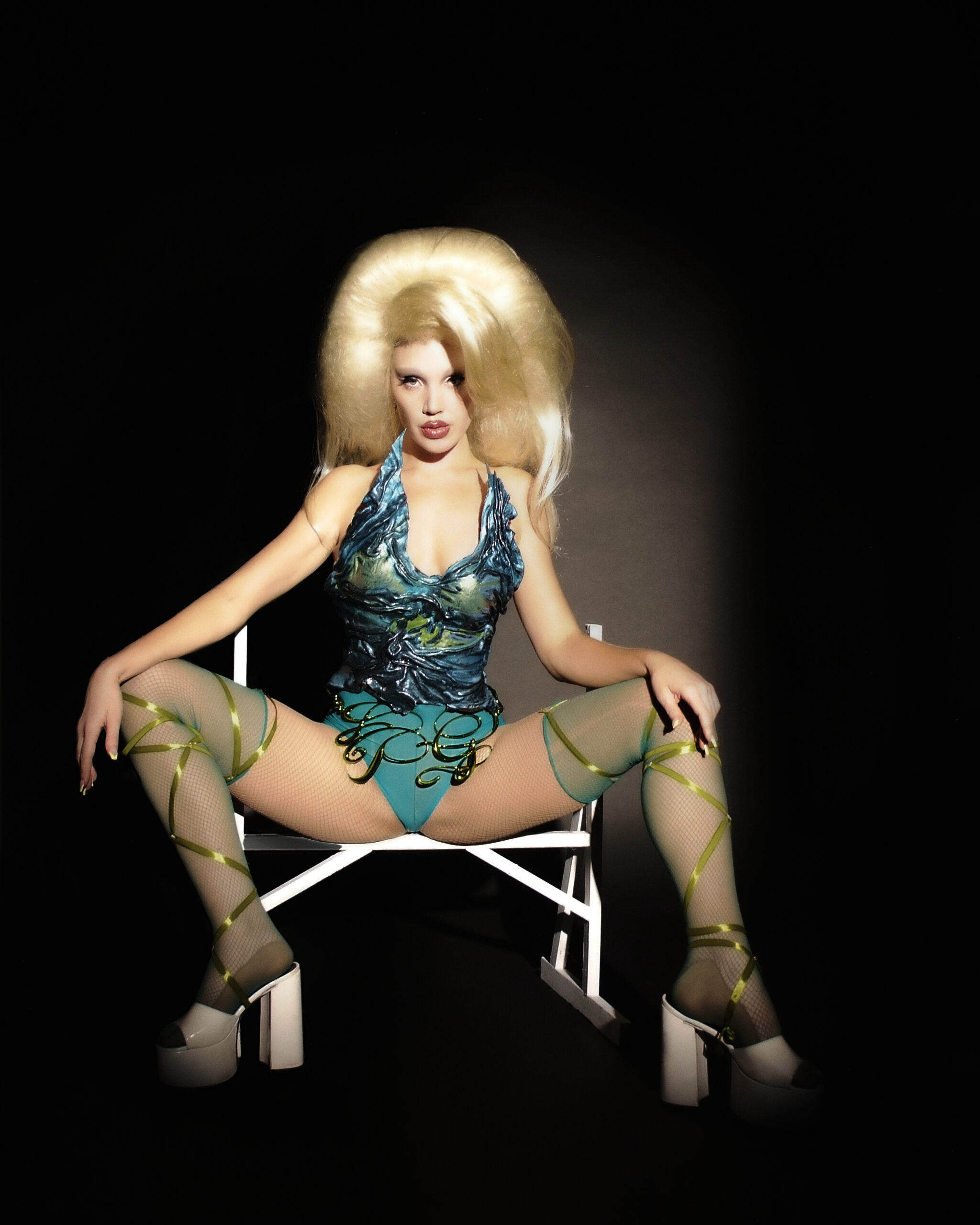
When we connect by phone on the Fourth of July, Sam Quealy is preparing to head back to Paris, where she has lived for the past four years, from Los Angeles. She’s been in L.A. for a week and change since the conclusion of her tour across the U.S. and Canada as opener for La Femme. In that time, she’s made two music videos, one for the single “Groovy Jungle,” which debuts today, August 31, and another for an unreleased track. Right now, though, she’s reflecting on the year that’s transpired since the release of her first single, “Sad Summer Daze.”
“You’re always wanting to push yourself more and always thinking about the next thing, but it’s also really important to look back and and be proud of yourself as well,” she says. “It’s not just about trying to reach something.”
Quealy was born in Sydney, Australia and has lived in Hong Kong, the Philippines and the United States before her career as a dancer took her to Paris. “I was working in French cabaret, doing can-can,” she says. “Then I felt a bit restricted by the lifestyle of being a professional dancer and always doing the same show over and over and over again. It’s amazing, but I felt like I needed to be more in charge and that I had more to say, so I started writing music.”
Specifically, Quealy began making music that reflects her background in dance. Her style is eclectic, a mishmash of house, techno, hyperpop and ‘00s-style electropop all designed to make you move. “The dance aspect definitely is a big part of my performance and also my writing process in a way,” she says. “When I was choreographing dances, there’s a certain rhythm or a certain thing that I imagine should happen there in terms of accents and stuff in the music.” She approaches writing and making music in much the same way.
For her most recent single, she dives into a deep house sound and themes of inclusivity. “I wanted to imagine that there was somewhere that you could go where they weren’t discriminating people and you had to walk through this jungle and it was just good vibes, queer-friendly, everybody there is on a good hippy vibe and this was a groovy jungle,” she says. “It’s just a sexy fun song.”
Lyrically, she has a knack for mixing sly social commentary and humor in a way that recalls artists like Peaches, Chicks on Speed and Miss Kittin. It’s a talent that’s most obvious on tracks like “Klepto.”
“I wanted to make fun of consumerism,” she says. “We think that we need all this shit in our lives that really is so unimportant.” The character in the song was inspired by Winona Ryder’s shoplifting incident back in the early ‘00s. “She’s a famous celebrity, but she has this desire to steal something, whether it’s for attention or a rush of life,” she says. “I thought this was a really interesting concept, so I wrote that song ‘Klepto.’ This is one of my most favorite ones to do. It’s a joke, but it’s also a bit dark.”
It didn’t take long for Quealy to go from releasing her first single to embarking on her first North American tour. But, introducing herself to new audiences has had its challenges. “They don’t know who you are. They didn’t buy tickets to see you. So, you come out and they’re a bit cold,” she says. “They see me. I’m very Barbie-looking-ish. They’re probably like, we’re not going to take you seriously. Then, I prove to them, no, I’m fucking talented, I have something to say and you’re going to pay attention and listen. By the end of it, they’re jumping up and down screaming. I convert them.”
I walked in on Quealy just a few minutes into her opening set for La Femme at Los Angeles venue The Belasco and the crowd was already converted. They danced closer to the barrier between the floor and the stage, clapped and shouted with approval. She brought the set to a rousing climax with “Seven Swords,” an unreleased song slated for inclusion on her forthcoming debut full-length, that she performed with sharp, warrior-like moves that conveyed a theme of “killing an old part of yourself and rebirthing a new one.”
“The dance and the song need to co-exist,” Quealy says. “When we made this song, this is what I imagined it to be. Even on a bigger scale, when I did it in Paris, I had four guys in high heels and G-strings and we made an army to that song, with swords.”
It’s a dynamic performance that Quealy thinks of eventually expanding. “In the future, I would love to have it with 20 other girls with swords, make it a really big army,” she says. “This would be epic. But, let’s see. Step by step.”
As it stands, Quealy has already done a lot within her first year of releasing music. She says, “I’m proud of myself that in one year, I managed to do all of that.”
Follow Sam Quealy on Instagram and TikTok for ongoing updates.

